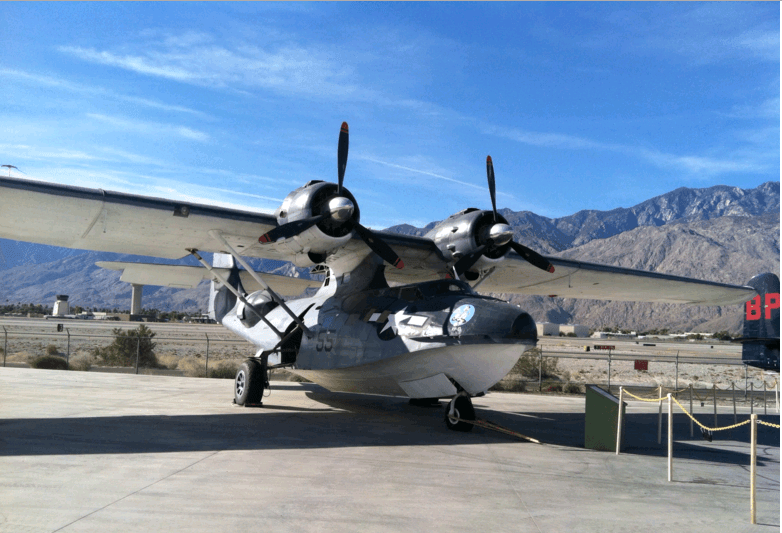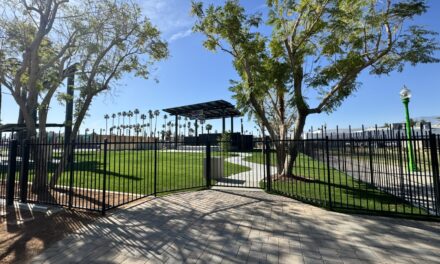PALM SPRINGS — The Palm Springs Air Museum is partnering with LifeStream blood bank to help save lives while restoring to its former glory the World War II-era PBY-5A Catalina seaplane.
PBY stands for “Patrol, Bomber, Consolidated;” “5A” represents a revised, improved model of the original craft, according to a news release LifeStream issued.
“Our organization is thrilled and excited about taking up the cause to bring about awareness and help fund restoration of this historic craft,” Dr. Rick Axelrod, LifeStream’s president/CEO said in a prepared statement. “As a Coachella Valley resident, I have followed with interest the museum’s quest to obtain and restore the seaplane, and feel it’s a privilege for our organization to join the air museum and embark on a 2-year journey toward its full restoration.”
The entities will kick off the partnership by joining forces for a community blood drive Saturday, Dec. 15 from 11 a.m. to 4 p.m. at the Palm Springs Air Museum, 745 N. Gene Autry Trail. For each blood donor who gives the code “9PBY” at registration, LifeStream will donate $5 toward the restoration of the air museum’s PBY-5A Catalina.
Walk-ins are welcome; appointments are suggested and may be made by calling 800-879-4484 or visiting LStream.org.
The aircraft system capable of land or sea landings first flew in 1935 as a prototype for the U.S. Navy; production models began as the PBY-1 in 1936. Due to their amphibious capabilities, there was scarcely a maritime battle in WW II in which they were not involved.
The PBY had its vulnerabilities; it was slow, with a maximum speed of 179 mph, and with no crew armor or self-sealing tanks, was susceptible to anti-aircraft attack. It was these weaknesses, coinciding with effective radar and Japanese reliance on night transport, which led to the development of the “Black Cat Squadrons.”
These crews performed nighttime search and attack missions in their black-painted PBYs. The tactics were spectacularly successful and seriously disrupted the flow of supplies and personnel to Japanese island bases. The Catalinas also proved effective in search and rescue missions. One detachment based in the Solomon Islands rescued 161 airmen between January 1 and August 15, 1943.
Following the war, “N31235” began its odyssey that eventually landed it in Palm Springs at the Air Museum.
Alternately modified, reconditioned and converted to other uses while changing ownership several times in the decades since, the PBY last served as an aerial firefighting tanker from 1970-1997.
Ten years later – and 63 years after arriving in Attu, Alaska, for her first combat assignment – the PBY-5A was obtained by the Palm Springs Air Museum.
LifeStream is a local, nonprofit blood center that provides blood products and services to more than 80 Southern California hospitals.







